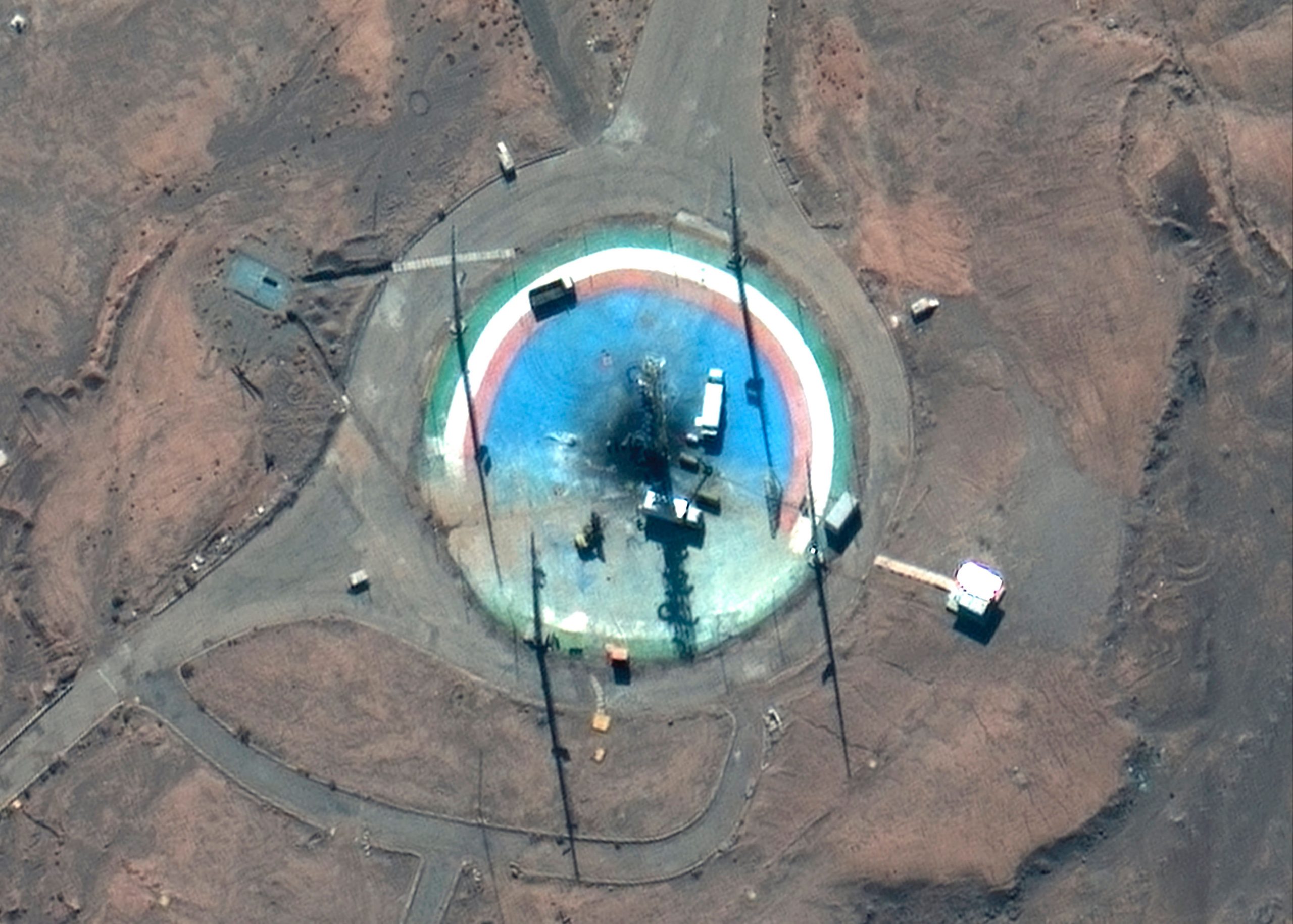Iran likely suffered another failed launch of a satellite-carrying rocket while attempting to reinvigorate a program criticised by the West, even as Tehran faces last-minute negotiations with world powers to save its tattered nuclear deal in Vienna.
Satellite images from Maxar Technologies seen by The Associated Press show scorch marks at a launch pad at Imam Khomeini Spaceport in Iran’s rural Semnan province on Sunday. A rocket stand on the pad appears scorched and damaged, with vehicles surrounding it. An object, possibly part of the gantry, sits near it.
Also read: Explainer: Impending Iran nuclear deal alarms Israel
Successful launches typically don’t damage rocket gantries because they are lowered prior to takeoff. Iran also usually immediately trumpets launches that reach space on its state-run television channels, and it has a history of not acknowledging failed attempts.
Separate images from Planet Labs PBC suggest the attempted launch likely occurred sometime after Friday. Iran’s mission to the United Nations did not respond to a request for comment.
Also read: Russia’s Syria intervention foreshadowed Ukraine conflict
The US military’s Space Command did not detect a launch over the weekend, said Army Lt. Col. César Santiago, a Pentagon spokesperson. That suggests the rocket never left the launch pad.
The rocket involved appears to have been Iran’s Zuljanah satellite launch vehicle, said Jeffrey Lewis, an expert at the James Martin Center for Nonproliferation Studies at the Middlebury Institute of International Studies who first noticed the attempted launch with colleagues.
Also read: Colorado lawmaker Lawrence Boebert interrupts Biden’s State of Union address
The gantry apparently damaged resembled another that was previously used in a successful launch last year of a Zuljanah, named after a horse of Imam Hussein, a grandson of the Prophet Muhammad and a key figure in the Shiite faith who was massacred with his fighters at Karbala in the 7th century.
Also read: Watch | Biden confuses Ukraine with Iran in SOTU, Kamala Harris embarrassed
It remains unclear what could have caused the blast. The first two stages of a Zuljanah are solid fuel, but its final stage is liquid and would have needed to be fueled on the launch pad, Lewis said.







